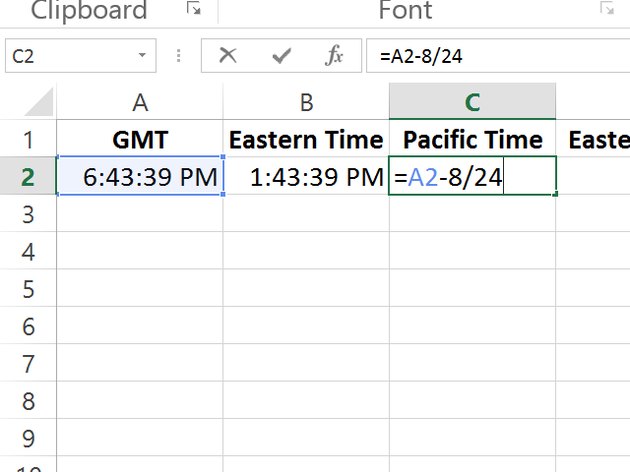

In 1972 the new UTC was adopted internationally. A few research institutes started using UTC instead of GMT in the 1960's. UTC was set to be synchronous with UT1 at 0000 hours in 1st of January 1958. The entire process to generate UTC takes approximately one month. Reliability is achieved by the sheer number of clocks involved. This procedure provides uniformity in combining data from the entire set of clocks. Then each clock receives a weighting factor corresponding to its individual stability.

Rate and stability of each clock is measured and tested for abnormal behavior. There, data from approximately 230 clocks from 60 laboratories around the world is collected. UTC is generated at the Bureau International des Poids et Mesures near Paris. The English suggested CUT from Coordinated Universal Time, and the French TUC from Temps Universel Cordonné. There was a dispute between the French and the English of the shortcut of the new time name. For that reason, UTC was made a compromise time scale. However, the planet speeds up and slows down milliseconds in a day, earth time is not useful for precision of metrology. Individuals interested in precision time and frequency want the most uniform and accurate time possible. Since most of the users of UTC want official time to tie to earths time, a dilemma rises. However, the rotation of the earth is constantly slowing down, which means that the atomic time and the rotation of the earth will end up in dysynchrony. The aim was to let the atomic clocks show the time since they are very accurate. In other words, TAI is UTC without leap seconds. The only difference between the two is that UTC is adjusted when needed by adding a leap second in order to keep it within one second of UT1, which is defined by the Earth's rotation. UTC is based on International Atomic Time (TAI).

However, GMT and Coordinated Universal Time (UTC) can be seen as the same as long as fractions of a second are not important. Greenwich Mean Time (GMT) was replaced with UTC in most of the countries in 1972.


 0 kommentar(er)
0 kommentar(er)
